Christmas is coming and you know what that means? More Lindor truffles than any human being can decently put away, family size boxes of Quality Street and, for the upwardly mobile, Ferrero Rocher. My friends, I am as keen on Lindor truffles as the next greedy pig but there is another way. There is a whole world of chocolate out there which is respectful of the defining ingredient, cocoa, often imaginative and delicious. The starting point, the founding principle, for decent chocolate is, More Cocoa, Less Sugar. Simple as that. And this principle doesn’t just apply to Christmas chocolate, obviously, but to chocolate all year round.
Chocolate is a bit like wine, and interestingly, is grown in those areas where grapes don’t, as Nature’s compensation for the absence of vineyards. At its best, the cocoa bean partakes of the nature of the terroir, and varies according to the country of origin: Venezuala, Peruvian and Ecuadorian chocolate (where the bean originated) is mellow and nutty, whereas cocoa from Madagascar is fruitier and livelier. One heartening development is that several supermarkets sell single origin chocolate. M&S (Single Origin), Sainsbury (Taste the Difference) and Waitrose (no.1 range) have chocolate designated not just by cocoa content but by origin, and they’re very good, ranging in price from £1.45 – £2.99 for 100g, which is genuinely accessible. Hotel Chocolat, which has been a leader in the field since it began business, sells Rare and Vintage chocolate bars (£7.50 for 70g) which are designated by origin. For serious chocolate buffs, calling a bar of chocolate as dark, milk or white is all very well, but a bit like telling you that a wine is red or white…you’d like to know a little more.
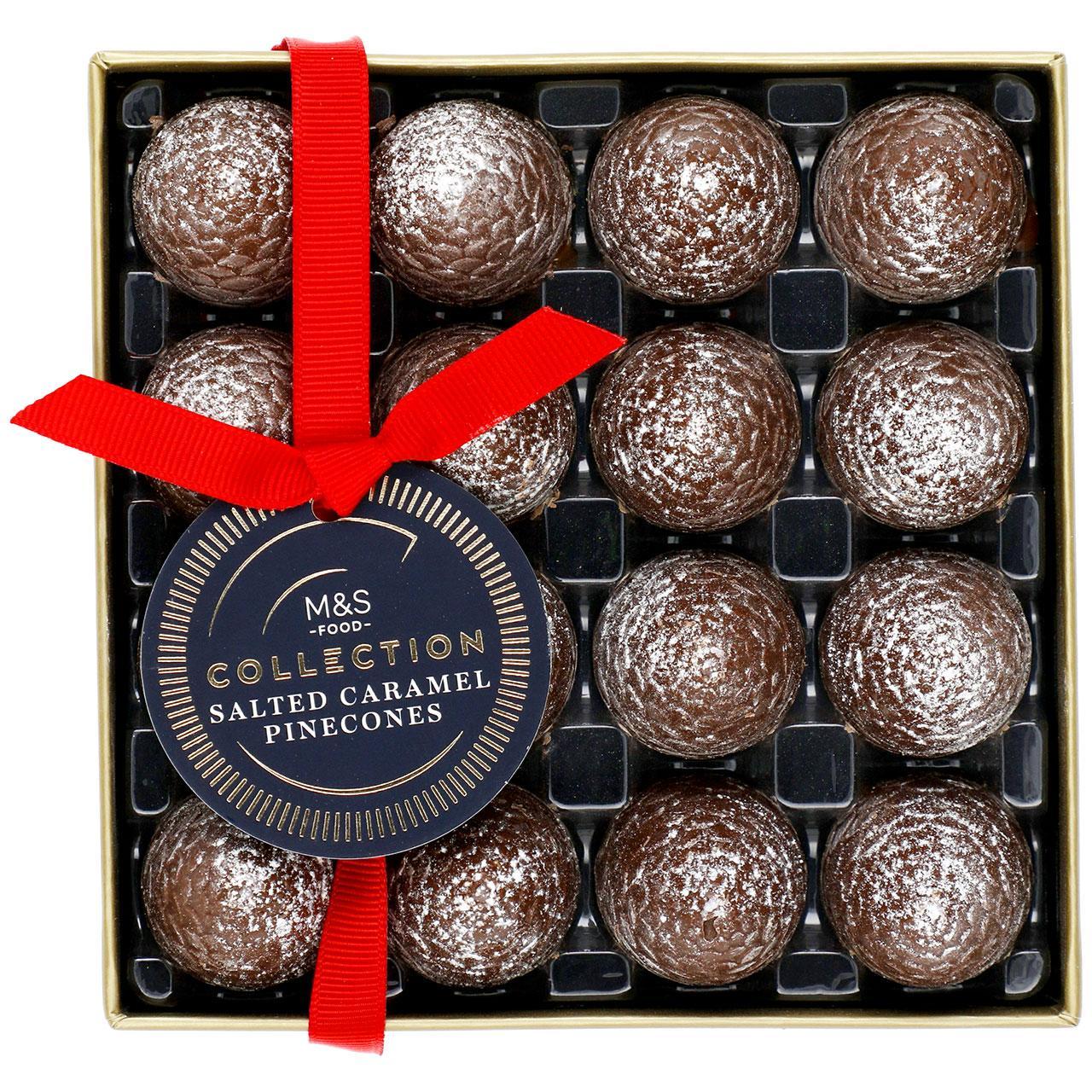
In general – and we’re not just talking festive stuff – there are two things you need to look at when it comes to chocolate: the percentage of cocoa and the percentage of sugar and both are in the small print on the back of the label. If you want to know why sugar percentages are so high, follow the money: sugar is a tenth of the price of decent cocoa. I’d say myself that if the percentage of cocoa in chocolate is less than 30 per cent for a milk chocolate, you should move on; and if the percentage of sugar is much over 40 per cent, ditto, and certainly if it’s over half. Dark chocolate should ideally have a minimum of 65-100 per cent cocoa, and milk chocolate a minimum of 35-49 per cent cocoa. There are exceptions; if, like me, you’re partial to truffles with liquid salted caramel fillings – can I just, in passing, recommend the inexpensive Waitrose version or the insanely delicious M&S chocolate pine cones – that could ratchet up the overall sugar content to over 50 per cent on account of the caramel.
Yet some of the most popular brands have a very different cocoa to sugar ratio. Cadbury’s Dairy Milk is 56 per cent sugar. That leaves space for about 23 per cent milk solids and a minimum of 20 per cent cocoa solids. Interestingly, the company recently introduced a new range, with 40 per cent cocoa, which it describes as ‘a bit grown up’; in fact, it’s closer to the cocoa ratio that Cadbury’s once used to have for all its chocolate.
Middle class consumers are savvier about these things than we used to be, but it’d be all wrong if the high cocoa, low sugar thing were the preserve of the middle classes, while poorer consumers were left with stuff that’s mostly sugar. Really, it’s all about habit. Once you’ve got used to lower sugar chocolate, the very sweet version is inedible. We’re also much more aware of how chocolate is produced when it comes to worker conditions and environmental standards. Tesco’s own-brand chocolate, for instance, is certified by the Rainforest Alliance, which monitors farmers’ income as well as sustainability.
One of the game changers in the field has been Hotel Chocolat, whose motto was precisely More Cocoa, Less Sugar. Its Rare and Vintage range is very fine, and its Supermilk (£4.50 for 100g) has a 65 per cent cocoa content, and low sugar, with enough milk to make it taste like milk, not dark, chocolate, which many people find bitter. It has its own plantation in St Lucia, and works with individual farmers in Ghana.
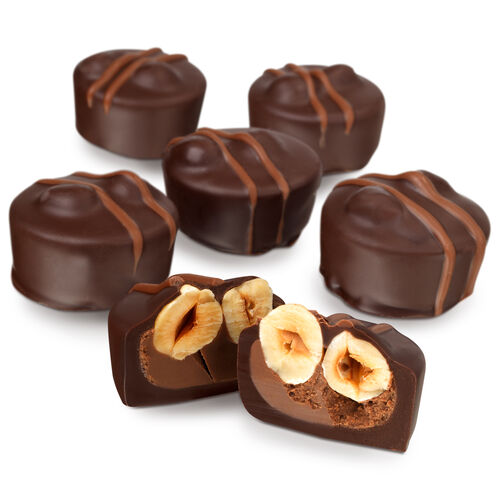
At the other end of the scale there are the small artisan chocolate producers who have revolutionised high end chocolate in the last 20 years. Time was, you got interesting chocolate flavours from Belgian or Italian chocolatiers – though I am very keen on the old staples like chocolate gingers and violet creams. Now there are any number of small scale makers in the British isles. The internet means that they can operate from a production unit anywhere in the country, and sell anywhere in the country. Indeed, the internet has been the saviour of small manufacturers everywhere: I like the hazelnut chocolate (£8 for 150g) produced by the Roman Trappist monastery, Frattochie abbey, from holyart.com, not least for its swanky packet.
Of the British artisan producers, my own favourites are William Curley and Paul A Young, wonderful chocolatiers whose ranges of flavours are extraordinarily imaginative. William Curley’s filled chocolates in his little Soho shop include Japanese flavours and intense fruit pastes. His other party trick is to take familiar bars, like Snickers and Bounty, and make them sublime.
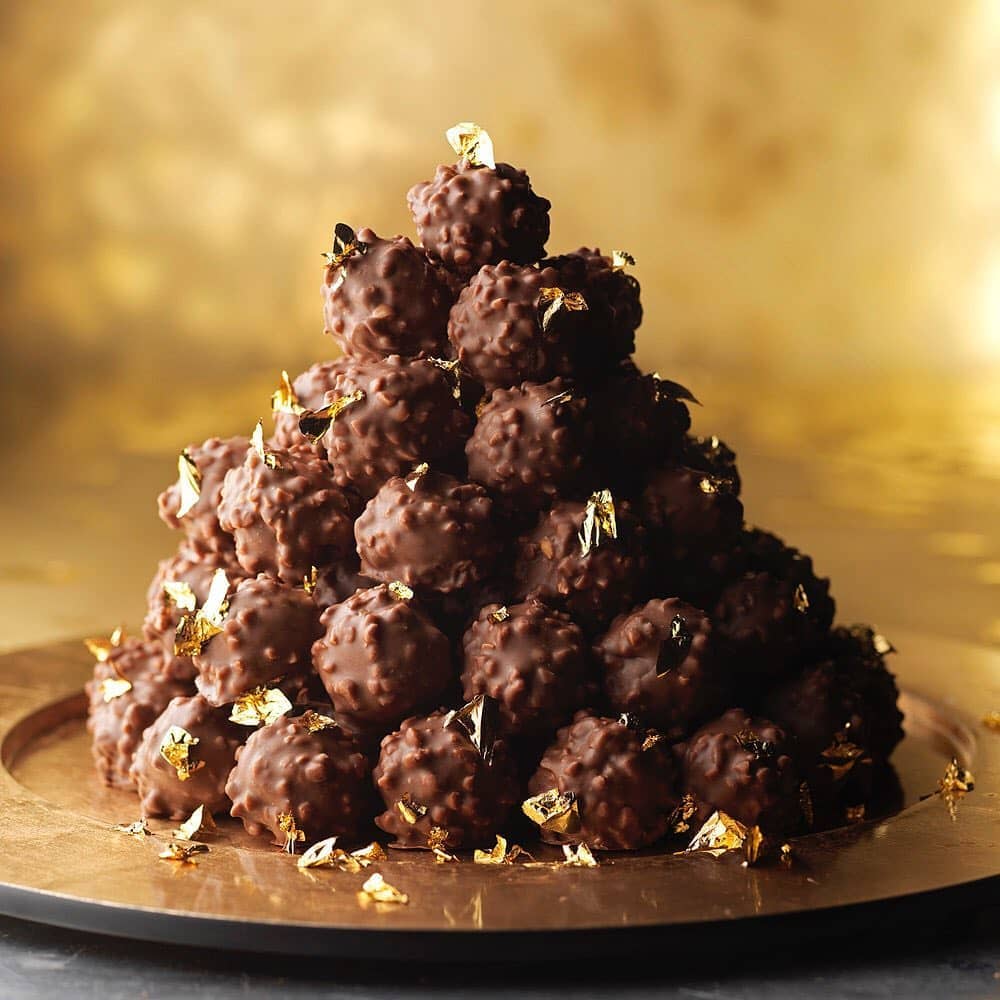
What’s the difference between these boxes of chocolates and the expensive ones you buy in Duty Free in the aiport or in supermarkets? ‘Simple’, says William Curley. ‘My ingredients are fresh, like butter and cream. You need to eat them within a fortnight.’ William, my friend, it won’t take that long.
Some small producers see the entire manufacturing process through themselves – the Bean to Bar makers – while others use couverture chocolate as their base, and add their own fillings, shapes and colours. Both make lovely chocolate but the Bean-to-Bar people have more control over all the aspects that affect quality, like the length of time they conch, or grind, the bean, which makes for greater smoothness. The excellent BareBones Chocolate in Glasgow, for instance, sees through the whole process. Check out their lively Madagascar 70 per cent.
With modern chocolatiers, the boundaries between art and edibles can be fluid. Brik, a small London producer, specialises in chocolate that looks like concrete or marble tiles, with assorted surface textures and unexpected flavours: sour cherry and almond, or smoked salted caramel. It’s design-led, but delicious with it.
So, what would I recommend as chocolate for Christmas and beyond? Something from any of the ranges I mentioned, of course, but for a relatively inexpensive but inviting present, you could do worse than buy a range of single origin supermarket chocolate – the Waitrose ones are very classy – and wrap them together in lovely ribbon. As ever, presentation is the key.
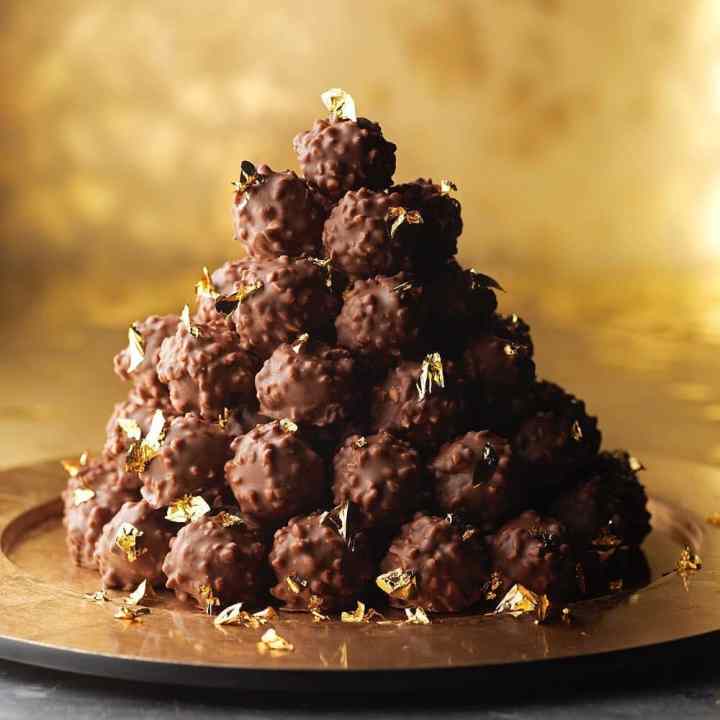
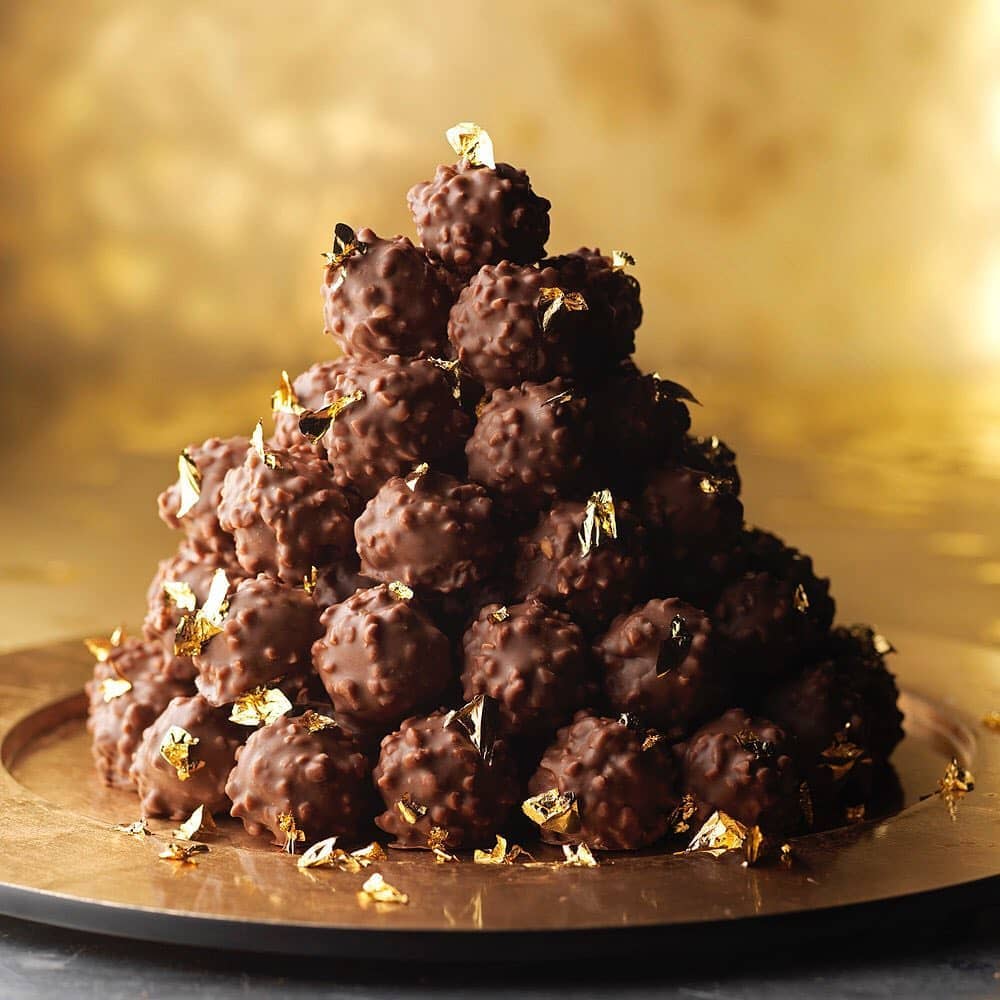




Comments